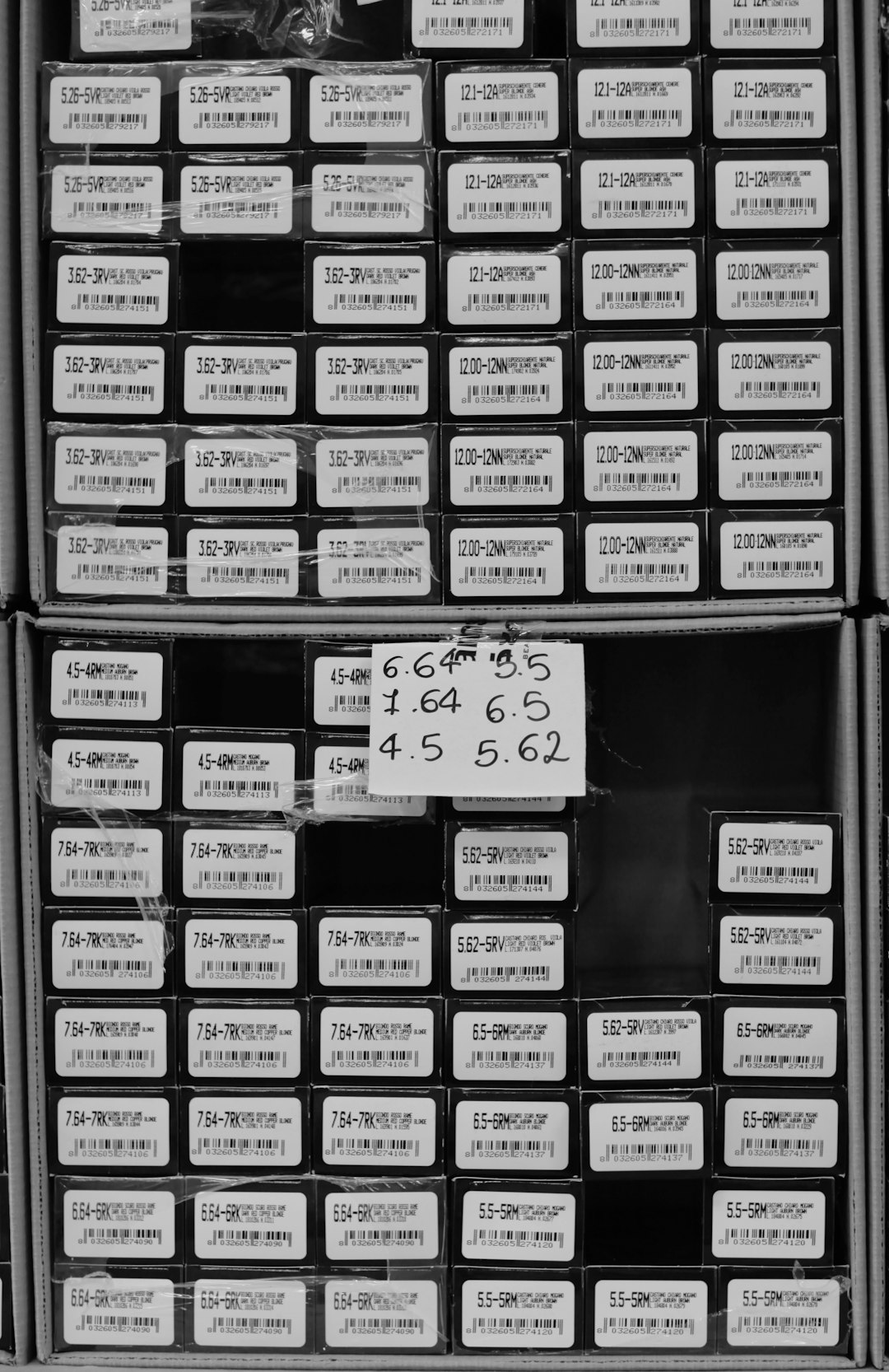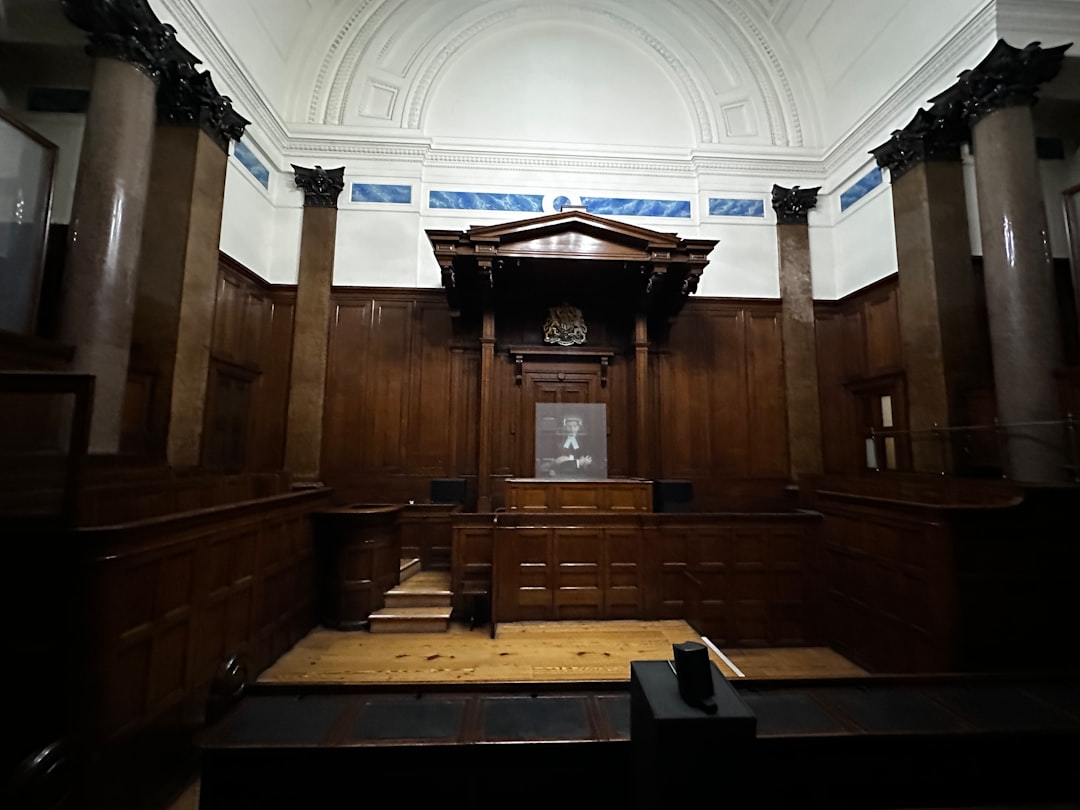Wine is a sophisticated drink with historical roots. It’s an integral part of any fine meal or celebration. However, for many people, the variety and complexity of wine can be intimidating. Fortunately, learning about wine is not an arduous task, and taking a basic wine course can be a fun and rewarding experience.
The first step in exploring wine is to understand its different types. There are four essential types of wine, including red, white, sparkling, and rose. Each type of wine has a unique flavor, color, and aroma.
Red wine is made with black or red grapes, and it can range from light-bodied like Pinot Noir to full-bodied like Cabernet Sauvignon. White wine is made with white or green grapes, it’s lighter in body and color, and it has a crisp and refreshing taste. Sparkling wine is traditionally associated with celebrations and is carbonated. They can be sweet or dry. Lastly, Rose is pink in color, a blend of red and white wine grapes.
The next consideration in wine is its characteristics. Wine has different notes like acidity, tannins, and sweetness. Acidity is the tartness or sourness of the wine. Tannins is the dryness in your mouth that comes from grape skins and seeds during the fermentation process. Finally, sweetness is the perception of flavors that come through fermentation. Wine tasting is about paying attention to these features of wine.
The best way to enhance your knowledge of wine is to take a basic wine course. Many wine experts offer courses that cater to beginners in the field. It’s a great opportunity to explore the different types of wine and take a deep dive into the world of wine tasting.
During a basic wine course, you’ll learn about how to taste wine professionally. The first step is to examine the color of the wine. The color of a wine can tell you about its age and how it’s been produced. Reds tend to be more complex, with notes of oak or vanilla, while whites tend to be more fruity and have high acidity. Rose has some qualities of red and white wine.
Once you examine the color of the wine, the next step is to engage your sense of smell. This is a process known as “nosing.” By taking a deep sniff of your wine, you can detect subtle aromas of fruits, flowers, or toasted oak. Swirl the wine in your glass to maximize its aroma, then inhale the scent through your nose.
The final step in the tasting process is the actual tasting. Take a sip of your wine, and let it roll over your tongue. Try to detect the different flavors and how they interact with one another. Understand whether the wine is sweet or fruity versus dry and sharp.
It’s easy to feel overwhelmed when trying to learn about wine, but taking a basic wine course can make all the difference. Here are some tips to get started:
- Read up on wine and the wine-making process. Knowledge is key to understanding the world of wine.
- Taste the different types of wine. As you taste, rank each wine from your most and least favorite. Eventually, you’ll start to notice the general patterns about what you like and don’t like in wine.
- Join a wine-tasting group or enroll in a basic wine course. It’s a great way to gain a more in-depth knowledge of wine, and it’s fun too.
Ultimately, the goal of a basic wine course is to help you understand and appreciate wine. It can be a learning process with no right or wrong answers. It’s an opportunity to broaden your knowledge on the world of wine, making it a fun experience for everyone. By attending a course, you’ll improve your palate, impress your dinner guests with a wine pairing, and enjoy the elegance and richness of a glass of wine.








